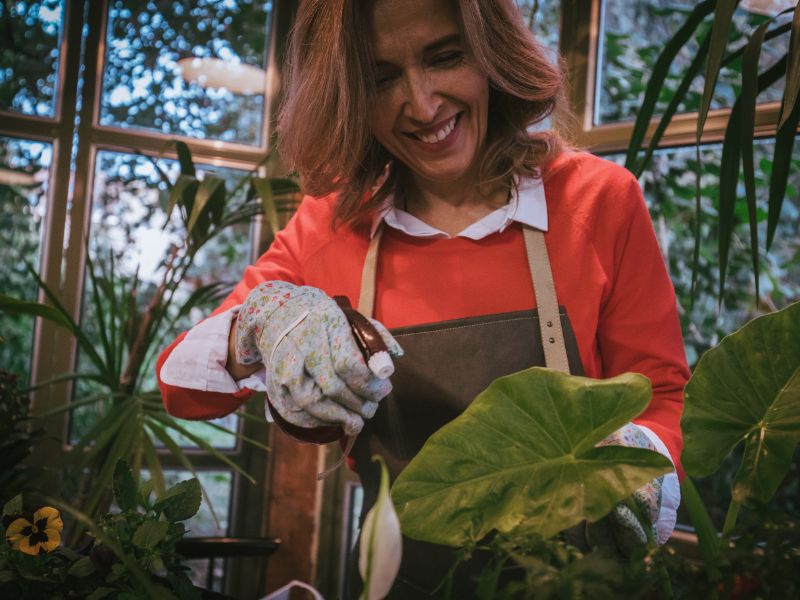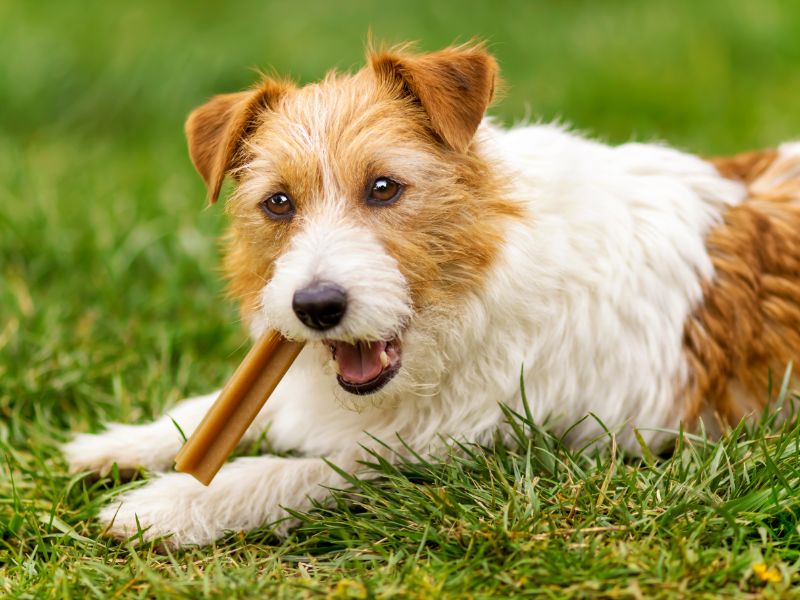We’re a team of plant enthusiasts and pet lovers, just like you. We’ve dug deep into the jungle of houseplants to find those that won’t harm our furry friends. We’re excited to share these pet-safe plants with you! So, let’s dive in, learn about the best non-toxic houseplants, how to care for them, and even how they can benefit your pet’s health.
We’ll also give you some tips to prevent any plant-related incidents. Join us on this green adventure!
Understanding Pet-Safe Houseplants
While we adore the aesthetic appeal that houseplants add to our homes, it’s crucial we ensure they’re safe for our furry friends. Some plants, like lilies or aloe vera, can be toxic to pets if ingested.
We need to be knowledgeable about which plants are pet-safe before we add them to our indoor oasis. Spider plants, for example, are non-toxic to cats and dogs, making them a perfect addition to any pet-filled home. Likewise, areca palms not only clean the air but are also safe for our pets.
Top Five Non-Toxic Houseplants
Often, we’re asked about the best non-toxic houseplants for pet owners, so let’s dive into our top five recommendations.
First, there’s the Spider Plant, known for its air-purifying abilities and resilience.
Next, the Boston Fern, a humidity-loving plant that’s safe for pets.
Thirdly, we suggest the Areca Palm, a low-maintenance plant that also improves air quality. Fourth on our list is the Swedish Ivy, a fast-growing, cascading plant that’s aesthetically pleasing and pet-friendly.
Lastly, we’ve got the Burro’s Tail, a succulent that thrives in sunny spots. It’s important to remember that while these plants are non-toxic, excessive consumption can cause mild digestive discomfort in pets. Always supervise your pets around houseplants for safety.

Caring for Your Pet-Friendly Plants
Now that we’ve identified the best pet-friendly houseplants, let’s delve into how we can effectively care for these green companions. It’s vital we place them in the right location. Some plants, like the Spider Plant, thrive in indirect sunlight, while others, such as Boston Ferns, prefer shaded areas.
Also, remember to water them correctly. Over-watering can be just as harmful as under-watering. Ensure that the soil is dry to touch before the next watering.
Additionally, keep a close eye on your plants for any signs of pests or diseases. If you spot something off, isolate the plant and treat it accordingly.
Lastly, don’t forget to trim your plants regularly to promote healthy growth. Your pets will thank you for these safe and healthy green additions to your home.
Health Benefits of Indoor Plants
Branching out from their role as safe additions to our homes, we can’t overlook the multiple health benefits that these indoor plants bring to the table.
They act as natural air purifiers, filtering out harmful toxins and releasing oxygen to improve air quality. We’re not just talking about a minor change, they can significantly reduce carbon dioxide levels. Plus, they help to increase humidity, which is beneficial during those dry winter months.
It’s also been shown that having plants around can reduce stress and increase feelings of well-being. We’ve seen improvements in concentration and productivity, and some studies even suggest that they can help us sleep better.

Preventing Pet-Plant Related Incidents
In crafting a safe and healthy environment for both us and our pets, we’ll need to focus on preventing pet-plant-related incidents.
The first step is to ensure we’re choosing pet-friendly plants. Research or consult with a professional before introducing a new plant into your home.
Secondly, train your pets to avoid plants, using deterrents if necessary. You can also place plants out of reach, but be aware that cats, in particular, are adept climbers. Try using hanging planters or high shelves.
Lastly, monitor your pets closely. If they’re chewing on plants, it’s a sign you need to take action.
We’ve shared our top five, along with care tips
Health benefits, and prevention strategies for pet-plant-related incidents. Remember, it’s always best to do a quick research before adding any new plant to your home.
With the right choices, we can create a healthy, green space that’s safe for our furry friends too.






